Your basket is currently empty!
Explore the Castles of England: Power, Prestige, and the Shadows of the Past
England’s castles are more than just relics — they are the stone chapters of a story that spans centuries. From towering royal fortresses to windswept ruins hidden in the countryside, these landmarks reveal tales of ambition, conflict, betrayal, and endurance.
At Histories & Castles, we take you beyond the battlements and into the lives of the kings, queens, knights, and rebels who shaped England’s past — and left their mark in towers, moats, and keeps that still inspire awe today.
Castles with Character, History with Heart
Whether you’re drawn to the medieval might of Windsor Castle, the haunting elegance of Bodiam, or the battlefield legacy of Warwick, each English castle holds a story waiting to be uncovered. These are places where history feels alive — where every stone echoes with drama, romance, and legend.
From the Norman Conquest to the English Civil War, these castles stood as symbols of power, pride, and protection. Some still do.
What You’ll Discover:
- ? Royal Castles: Homes of monarchs, centres of ceremony, and fortresses of legacy.
- ?? Norman Strongholds: Built to subdue rebellion and assert rule after 1066.
- ? Sieges and Civil Wars: Castles caught in the crossfire of England’s most turbulent times.
- ? Hidden Gems: Lesser-known castles with fascinating stories and breathtaking views.
- ?? Visitor Guides: Practical tips for planning your next historical adventure.
Why England’s Castles Still Matter
These castles aren’t just places on a map — they’re part of our national identity. They remind us of where we’ve come from and invite us to imagine the lives of those who came before us.
Whether you’re planning a historical day out, researching your favourite period, or simply love a good legend — the castles of England offer endless inspiration.
Start your journey below — and let the past lead the way.
The Castles of England
-
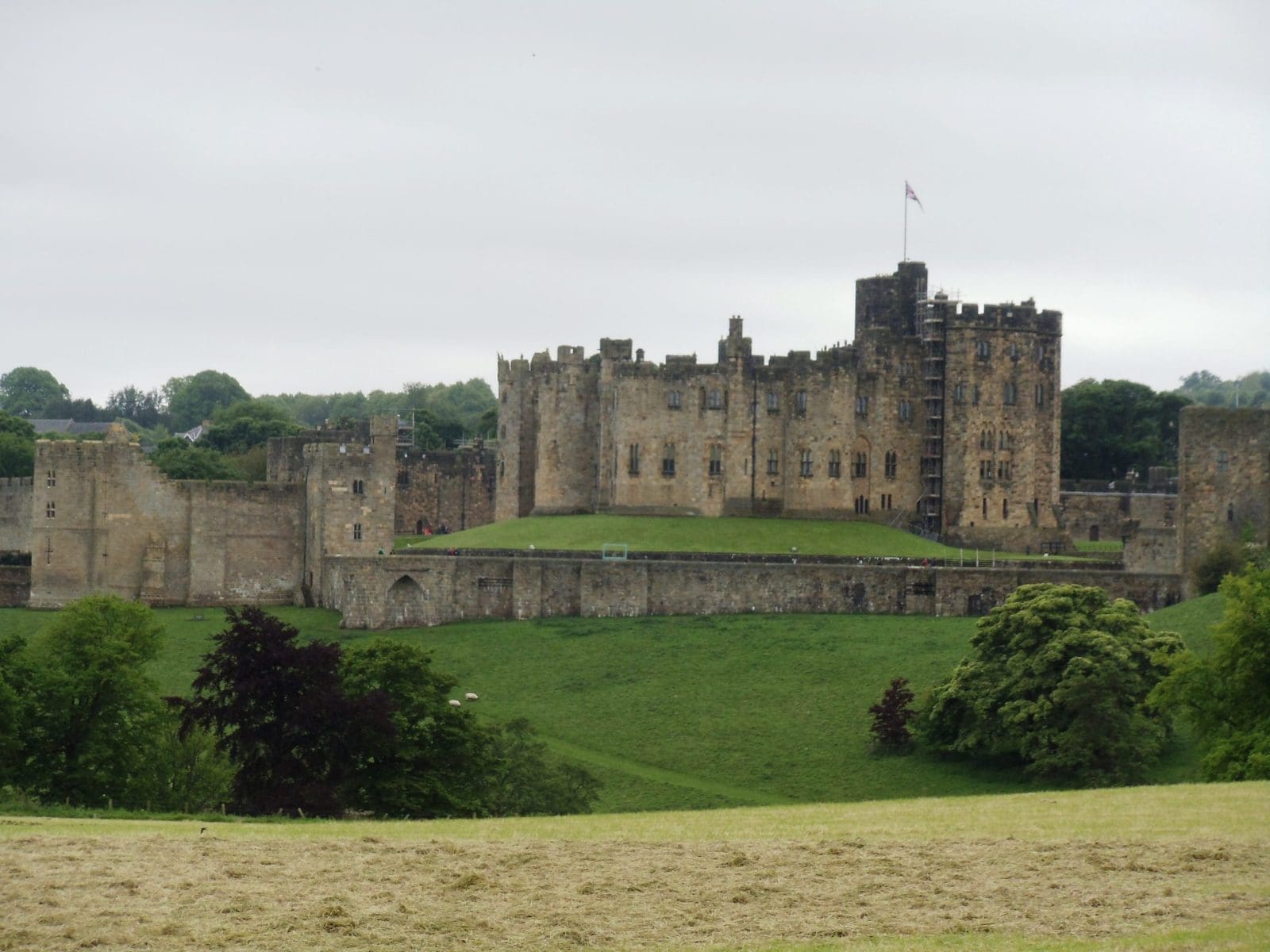
Alnwick Castle
Alnwick Castle has withstood sieges, hosted kings and queens, and remains the ancestral home of the…
-

Arundel Castle
Arundel Castle is an iconic historical landmark located in West Sussex, England.
-

Bamburgh Castle
Perched upon a towering outcrop of volcanic rock overlooking Britain’s northeastern shore sits the formidable Bamburgh…
-

Beeston Castle
Beeston Castle is a place where history and legend intertwine, creating a unique experience that appeals…
-

Bodiam Castle
Standing tall in the countryside of East Sussex is one of England’s most recognizable medieval castles…
-
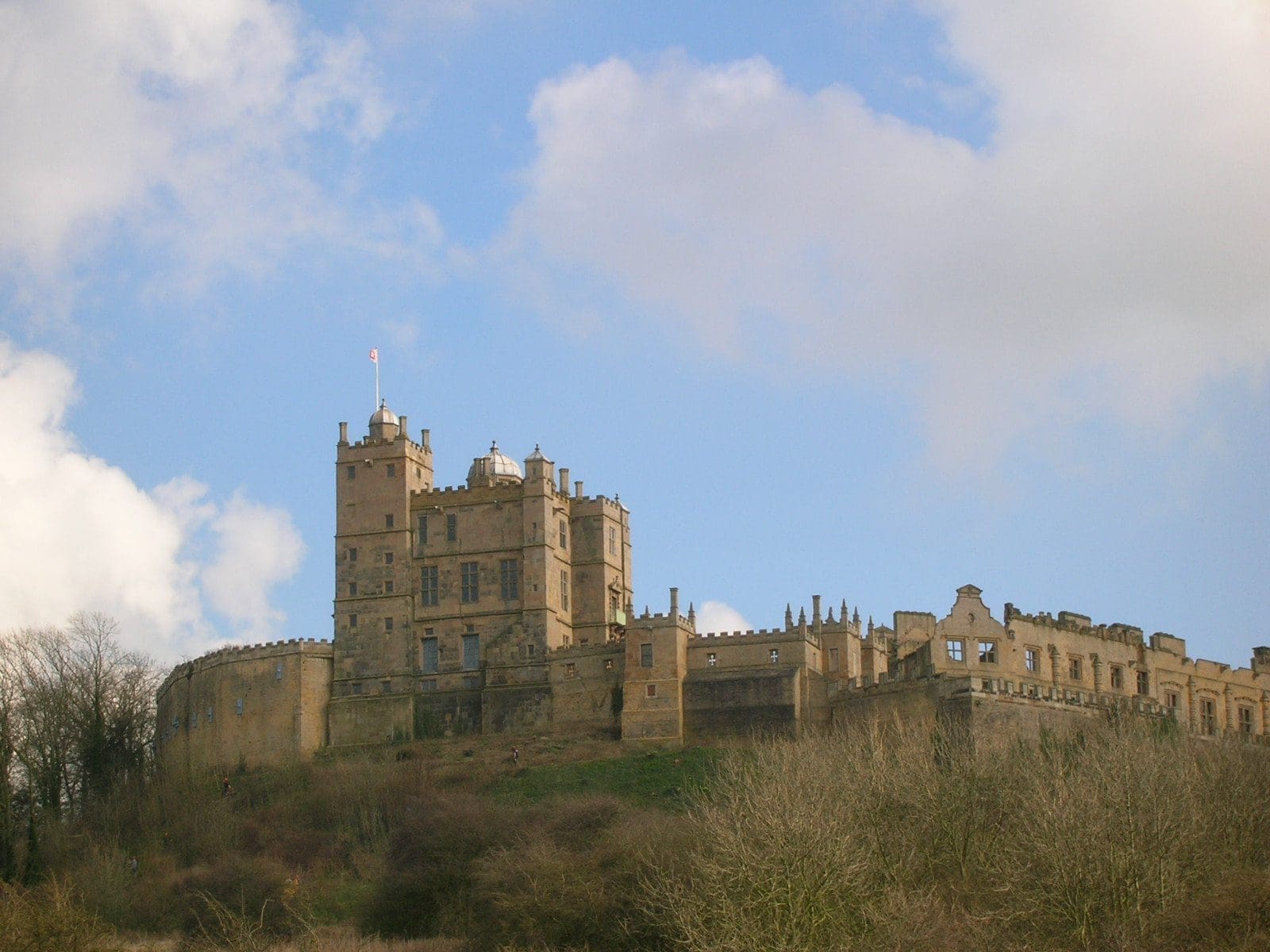
Bolsover Castle
Bolsover Castle exemplifies the English Renaissance style and contains rare examples of elaborate Baroque carved fireplaces…
-

Corfe Castle
Corfe Castle is an iconic medieval castle located in the village of Corfe in Dorset, England.
-
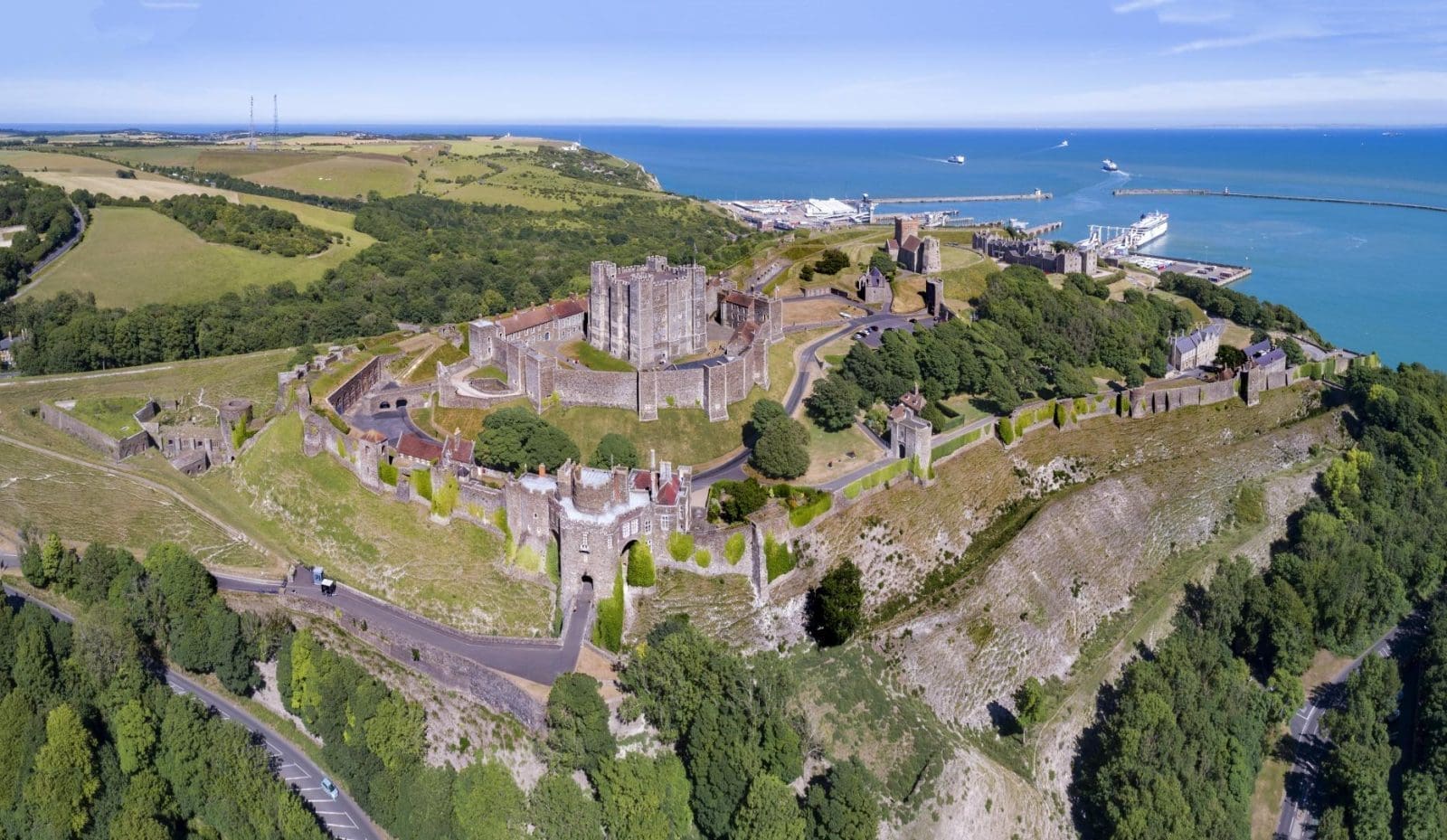
Dover Castle
Dover Castle was founded in the 1160s under Henry II, who greatly expanded it into a…
-
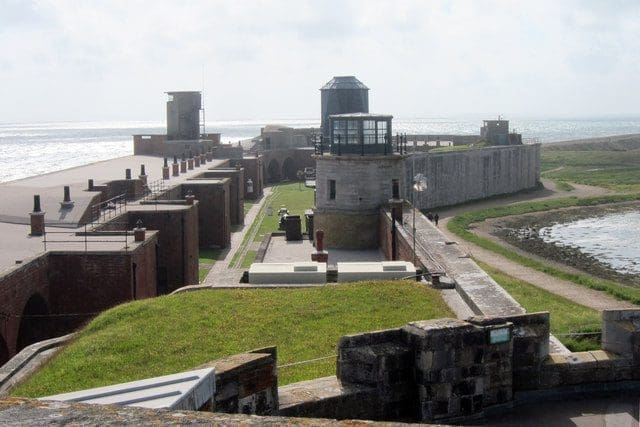
Hurst Castle
Perched on a shingle spit overlooking the Solent in Hampshire, Hurst Castle is one of the…
-

Kenilworth Castle
Kenilworth Castle is one of England’s most iconic medieval castles, with a rich history spanning over…
-

Leeds Castle
Leeds Castle is more than just a beautiful building; it is a living piece of history…
-

Lincoln Castle
Lincoln Castle is a major Norman castle in Lincolnshire, England with a history dating back to…
-
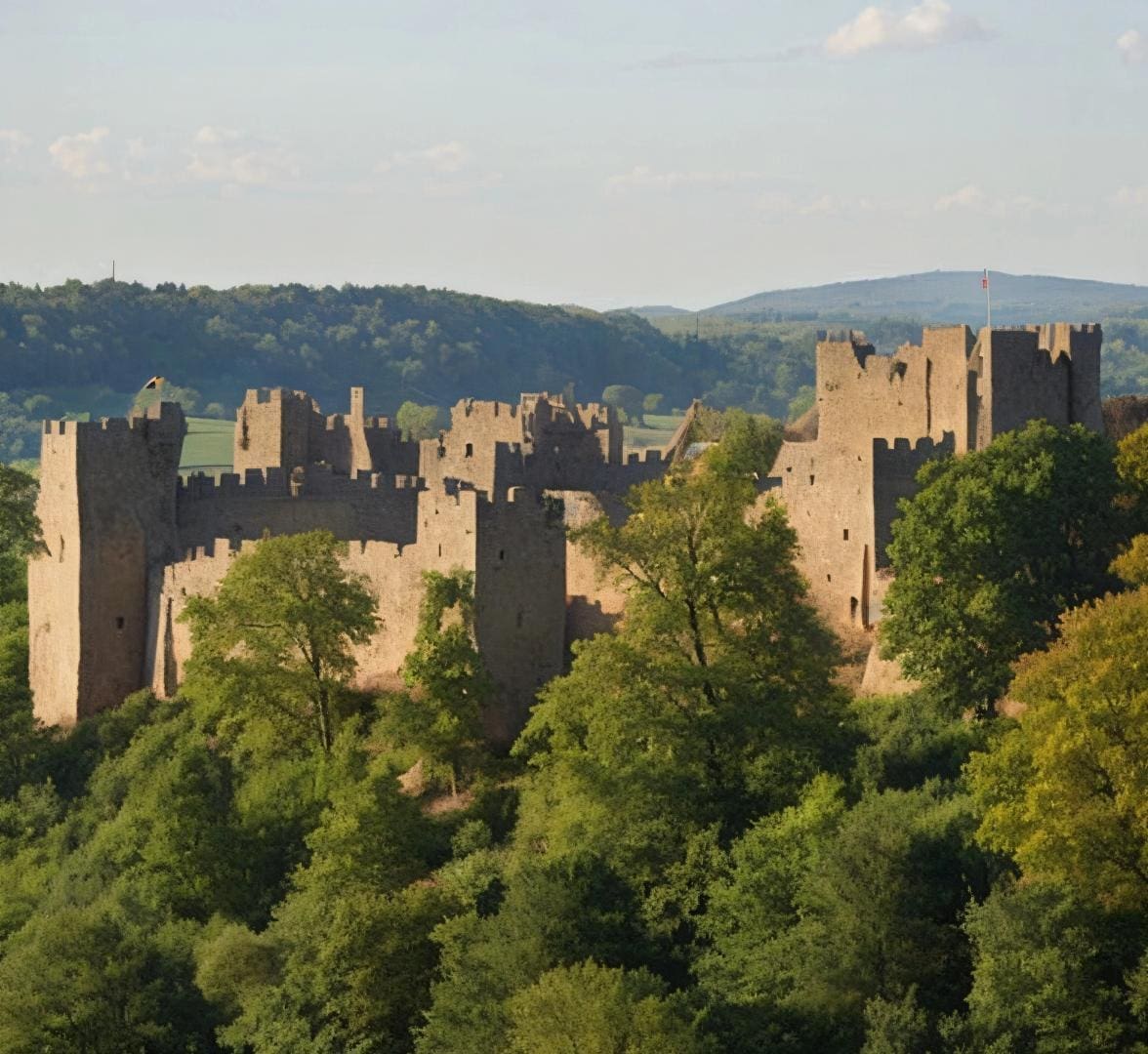
Ludlow Castle
Perched atop a rocky outcrop overlooking the River Teme, Ludlow Castle stands as one of the…
-
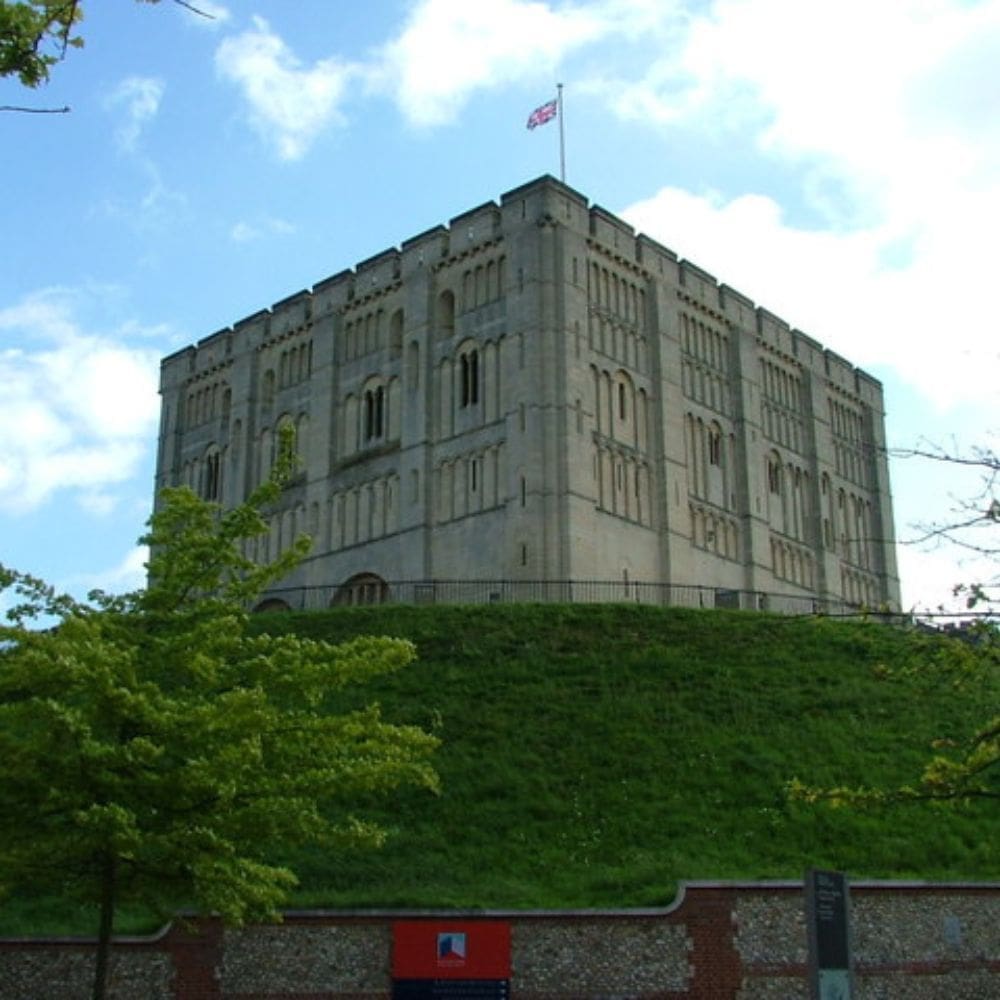
Norwich Castle
Norwich Castle, located in the heart of the city of Norwich, is one of England’s most…
-
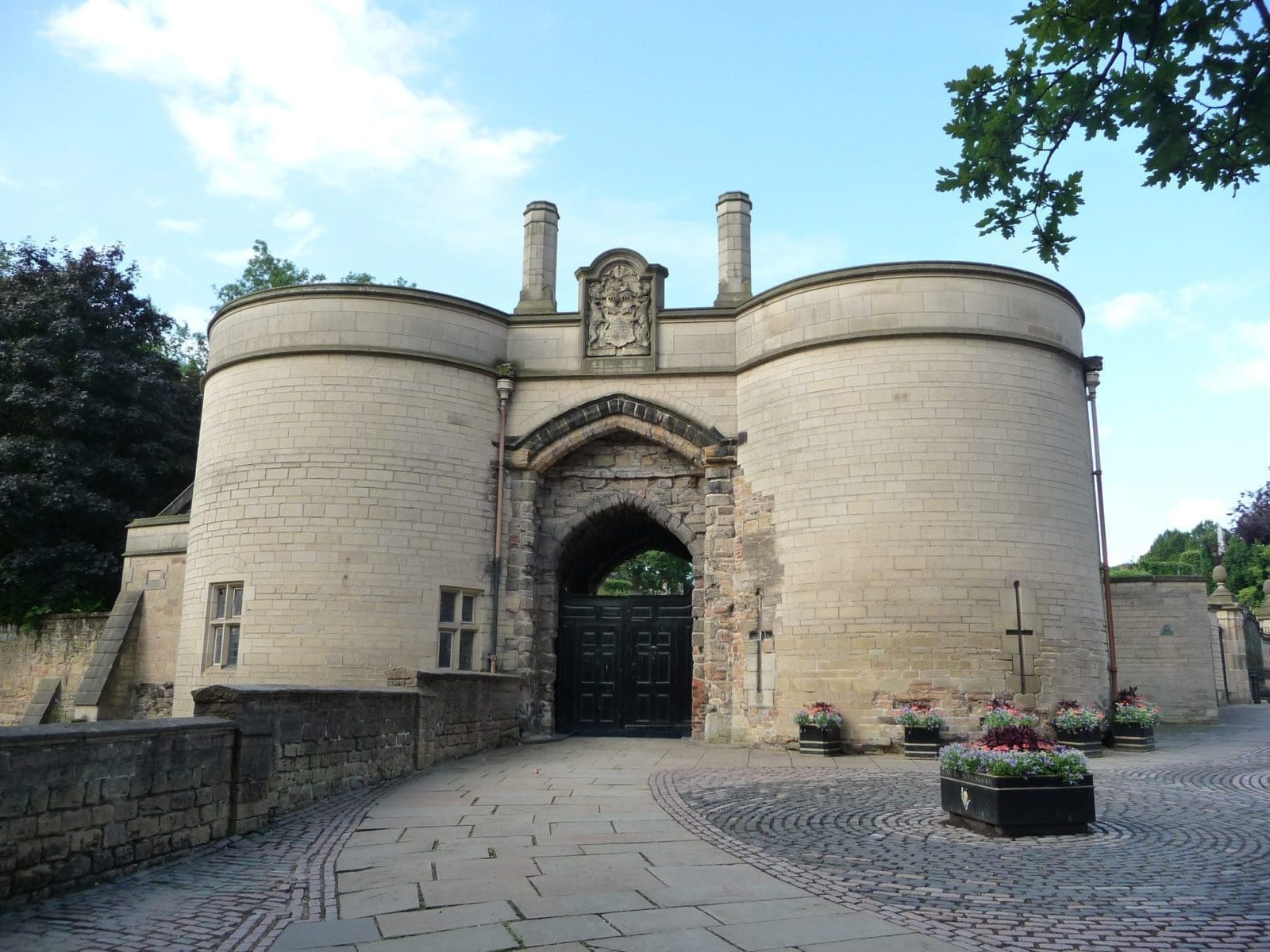
Nottingham Castle
Perched atop a sandstone outcrop overlooking the city, Nottingham Castle has been a focal point of…
-

Raby Castle in County Durham, England
Raby Castle is a medieval castle located in County Durham, England. It has a rich history…
-
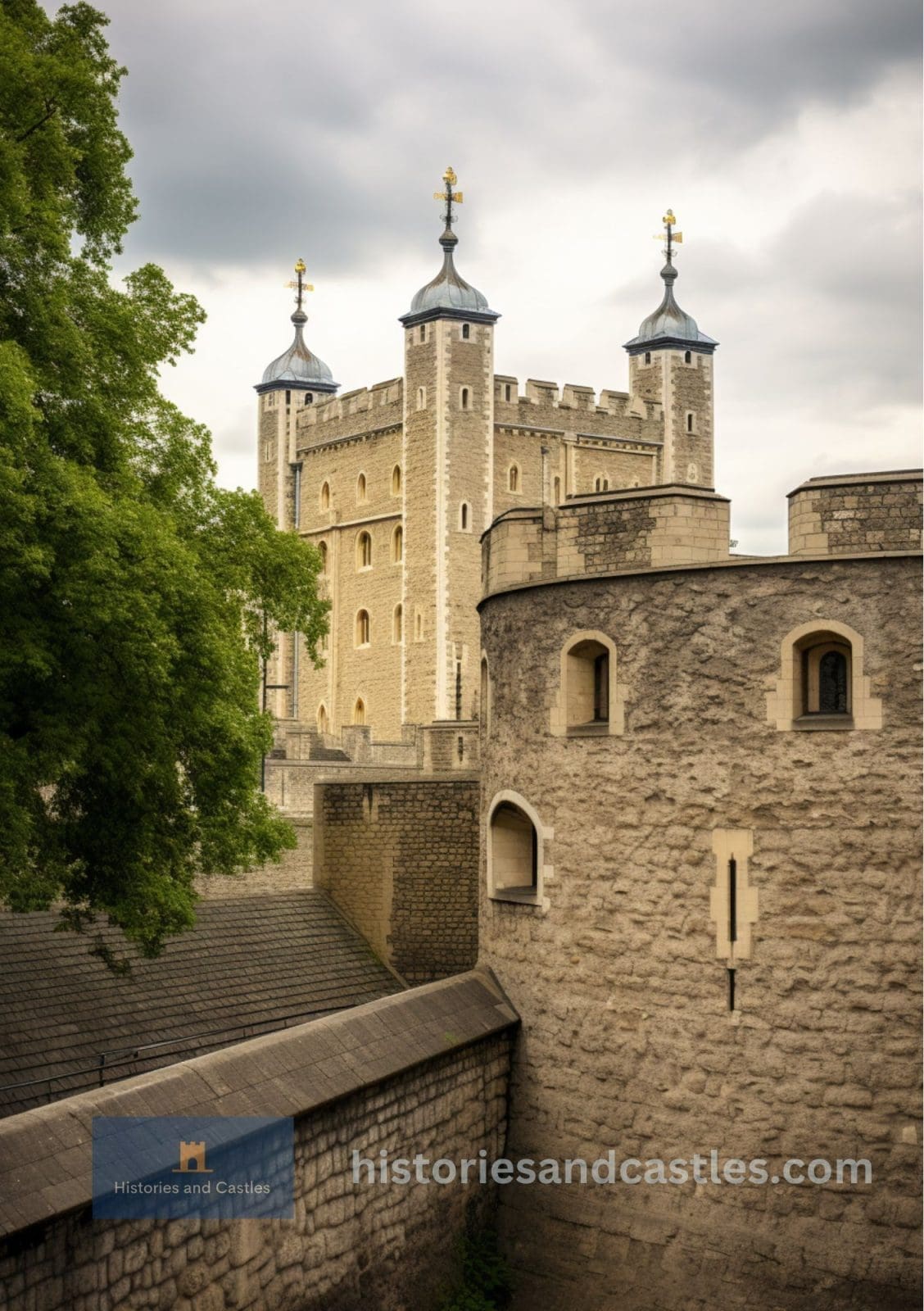
The Tower of London
While many castles boast a history of kings and queens, the Tower of London has been…
-

Warkworth Castle
Overlooking the River Coquet, the majestic ruins of Warkworth Castle stand as a powerful reminder of…
-
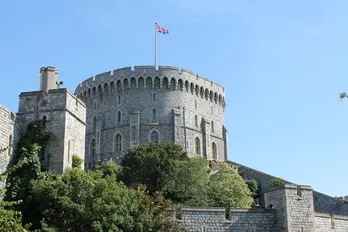
Windsor Castle
Explore how Windsor Castle evolved through the medieval era to its transformation into the architectural marvel…






